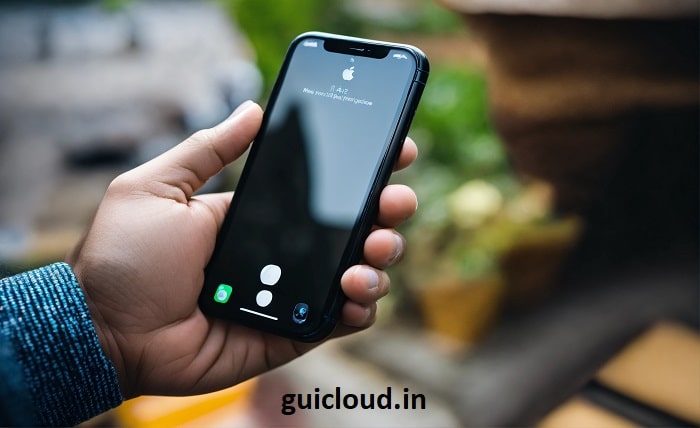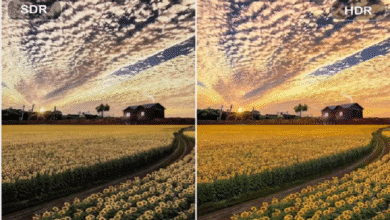How to Transfer iCloud Data to Android: A Step-by-Step Guide

Making the switch from an iPhone to an Android device doesn’t mean you have to lose your important data stored in iCloud. This detailed blog post will guide you through the various methods available for transferring iCloud data to Android, covering everything from contacts and calendars to photos and documents.
1. The Basics of iCloud Data Transfer
Before diving into the specifics, it’s important to understand what iCloud data can be transferred to Android. iCloud stores a variety of data including contacts, calendars, photos, videos, and documents. Understanding these basics will help you prepare for a seamless transfer process.
2. Preparing Your iCloud Account for Transfer
To begin the transfer process, you need to ensure your iCloud account is fully synced and updated. This involves making sure all the data you wish to transfer is properly backed up in iCloud. Log into your iCloud account on a web browser and check the status of your backups to ensure everything is current.
3. Using Google Drive to Transfer Data
One of the most straightforward methods to transfer iCloud data to Android is by using Google Drive. Google offers a Drive app for iOS that can be used to back up contacts, calendar events, and photos directly to your Google account, which can then be accessed on your Android device.
Step-by-step guide:
- Download and install Google Drive on your iPhone.
- Sign in with your Google account.
- Select ‘Backup’ in the app settings and choose what you want to back up.
- Once the backup is complete, sign into your Android device with the same Google account to access your data.
4. Transferring Contacts via vCard Files
If you prefer a more manual approach or only need to transfer contacts, using vCard files is a reliable option. Export your contacts from iCloud and import them to your Android phone using a vCard file.
How to do it:
- Go to iCloud.com on a computer, log in, and click on Contacts.
- Select all contacts, click on the gear icon at the bottom left, and choose ‘Export vCard’.
- Email the vCard to yourself, open the email on your Android phone, and download the VCF file.
- Open your Contacts app on Android, tap on the menu, and select ‘Import/export contacts’ to import the vCard file.
5. Migrating Calendars from iCloud to Android
Transferring your iCloud calendars to Android can be done by sharing your iCloud calendar with your Google calendar.
Steps to follow:
- Log into iCloud.com, open the Calendar app, and click on the ‘Share Calendar’ button next to the calendar you want to share.
- Check ‘Public Calendar’ and copy the URL provided.
- Go to Google Calendar, find the ‘Other Calendars’ section, click on the ‘+’ sign, and select ‘From URL’.
- Paste the URL and replace ‘webcam’ with ‘http’ at the beginning of the URL, then click ‘Add Calendar’.
6. Moving Photos and Videos
Photos and videos can be moved by downloading them from iCloud to your computer and then transferring them to your Android device via a USB cable.
Detailed process:
- Access iCloud.com and download your photos and videos to your computer.
- Connect your Android device to the computer using a USB cable.
- Drag and drop the photos and videos into a folder on your Android device.
7. Syncing Documents and Files
For documents and other files, use a cloud storage service like Dropbox or Google Drive.
How to manage this:
- Download and install Dropbox or Google Drive on your iPhone.
- Upload the files you want to transfer from your iPhone to the chosen service.
- Once uploaded, you can access these files from the Dropbox or Google Drive app on your Android device.
8. Using Third-Party Apps for Data Transfer
Several third-party apps can help streamline the process of transferring iCloud data to Android. Apps like ‘Move to Android’ or ‘Copy My Data’ provide functionality for transferring various data types directly between your devices.
9. Tips for a Smooth Transition
Ensure all data is backed up before starting the transfer, keep both your iPhone and Android device charged, and ensure a stable Wi-Fi connection to avoid any data loss or corruption during the transfer process.
10. Troubleshooting Common Issues
Encounter problems while transferring iCloud data to Android? Common issues usually involve data not syncing correctly or transfers not completing. Check your internet connection, make sure you’re logged into the correct accounts, and try restarting both devices to resolve these issues.
Conclusion
Transferring iCloud data to Android involves several steps but can be managed smoothly with the right tools and a bit of patience. Whether you’re moving contacts, calendars, photos, or documents, the methods outlined above will help you ensure that your valuable data makes it to your new Android device safely.
FAQ
Q1: Can I transfer iCloud emails to Android?
A1: Yes, you can add your iCloud email to Android by setting it up as an IMAP account in the Android email app.
Q2: Will my apps transfer from iPhone to Android?
A2: Apps cannot be transferred between iOS and Android platforms because they use different app stores and app formats. You will need to download Android versions of the apps.
Q3: Can I transfer music from iCloud to Android?
A3: Music stored in iCloud can be downloaded to a computer and then transferred to Android via USB, or uploaded to a music streaming service that supports both platforms.
Q4: Is there a way to automate the transfer of all data types at once?
A4: Third-party apps like ‘Move to iOS’ from Apple can help automate the process, but limitations exist on what can be transferred directly. Often, multiple methods will be necessary.
Q5: What should I do if data is missing after the transfer?
A5: Double-check if the data was fully backed up and correctly synced to your Google account or other services. If problems persist, consider repeating the transfer process or using alternative methods outlined above.




